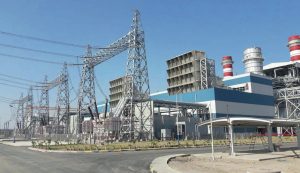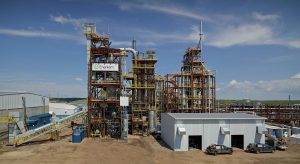Mining giant BHP’s decision this August to dispose of its oil and gas assets to Woodside Petroleum (see Industry News, page 11) in a deal estimated at $29 billion is certainly eye-catching. But it is also part of a larger pattern of divestment of fossil fuel assets by oil and gas companies who have dominated the industry for decades. It follows divestment by investors, institutional and otherwise, as efforts to tackle climate change consistently point towards a future where we will be using gas, and especially oil, far less – indeed, where many are talking about achieving ‘net zero’ carbon emissions by the middle of the century or shortly thereafter.








